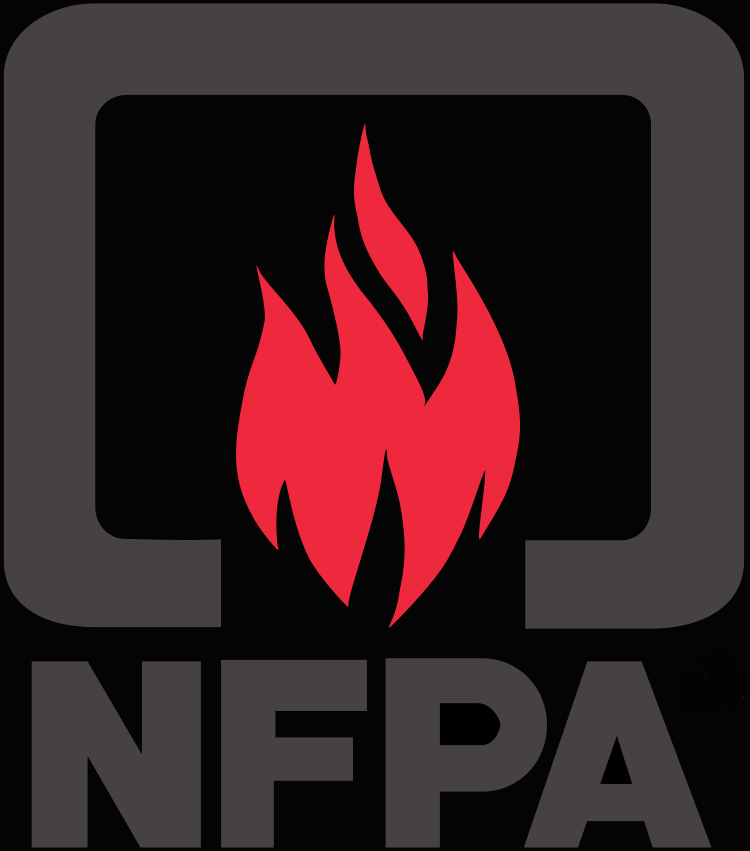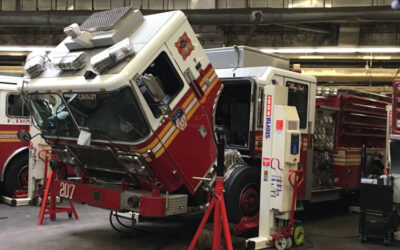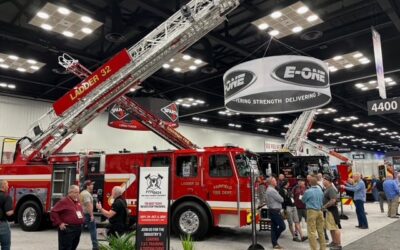By Bill Adams
During the 1970s and 1980s, there was a big nationwide push to go metric. I thought it was a foolish idea back then and still do today. Decimals and fractions have worked well for eons; they still do today. Regardless, almost five decades ago, someone in the federal bureaucracy thought it was a great idea to use metrics.
Metrics have been around for a while. The French claim credit for starting the metric system in 1790. One website said metrics “has been the preferred system of weights and measures for United States trade and commerce” since 1975 according to United States law (https://usma.org/laws-and-bills/metric-conversion-act-of-1975). I believe that is a misconception. It appears the metric system has been foisted upon the United States fire service – either directly or indirectly – by the National Fire Protection Association (NFPA).
NFPA 1900
In the National Fire Protection Associations NFPA 1900 Standard for Aircraft Rescue and Firefighting Vehicles, Automotive Fire Apparatus, Wildland Fire Apparatus and Automotive Ambulances, the initial descriptions indicating measurements and capacities are in common every day terms such as feet, inches, gallons, and pounds. They are described in either a decimal or fraction format. Following the decimals or fractions in parenthesis are the metric equivalents such as meters, millimeters, liters and kilograms. When measurements and capacities are shown in tables and charts, usually the first column is in decimals or fractions – which most firefighters understand. The other is in metrics. Metrics can be difficult to understand especially for those who’ve spent 12 years in elementary, middle and high schools mastering decimals and fractions.
The word national has been defined as nationwide, coast-to-coast and domestic. The word international has been defined as global, worldwide and universal. According to its Annex G (pages 349 to 354), 1900’s roots started back in 1906 and the first national specification for fire apparatus was in 1914. I cannot find where or why the use of metrics was introduced. In my opinion, the NFPA 1900 Standard is a domestic document. It is “ours” – it is American. If that is not what the NFPA intended, perhaps they should rename itself the International Fire Protection Association. Good luck in getting the rest of the world to climb aboard. I must point out the website nfpa.org does state “The NFPA is a U.S.-based international nonprofit organization….” I don’t know when it went international and do not believe it is relevant to this narration.
NFPA 1900, Chapter 7 Fire Apparatus – General Requirements, sentence 7.1.6 Units of Measure 7.1.6.1* states “In Chapter 7 through 27, values for measurement in US customary units shall be followed by an equivalent SI units.” Wow – customary. What is wrong with customary?
In Appendix A, the first sentence in A.7.1.6.1 states: “Metric units of measurement in this standard are in accordance with the modernized metric system known as the International System of Units.” It appears the NFPA has taken upon itself to determine what is modernized and what is not. I don’t believe that is in its purview.
The fire service has addressed metrics in the past:
- https://www.fireengineering.com/leadership/look-for-the-merit-in-metric/
- https://www.fireengineering.com/leadership/learn-metric-system-by-using-it/
- https://www.fireengineering.com/leadership/the-metric-system-and-fire-prevention/
Is it the law?
Consolidated and paraphrased from various websites: “The Metric Conversion Act of 1975 is an Act of Congress that was signed into law. It stated the metric system is ‘the preferred system of weights and measures for United States trade and commerce. However, it allowed the use of United States customary units in all activities. Conversions were to be voluntary.”
Also from the web: “Executive Order 12770, signed by the president in 1991, directed departments and agencies within the executive branch of the United States Government to ‘take all appropriate measures within their authority’ to use the metric system ‘as the preferred system of weights and measures for United States trade and commerce.” And from September 3, 2019: “The World Trade Club, the American Metric Association and other metric promoters, are presently pushing their campaign for the adoption of the Metric System to the exclusion of the English System now in daily use with us.”
Rejection?
More from the Web: “Conversion was not mandatory; many commercial industries did not convert, and customary fractions and decimals are in common use including in the government. As example, speed limits are still posted in miles per hour. There is no governmental or major social desire to implement further metrication (https://time.com/3633514/why-wont-america-go-metric/). Metrics is used extensively in some fields such as science and medicine, and international affairs. Post-1994 federal law requires most packaged consumer goods be labeled both ways.”
I don’t care if milk, orange juice and adult beverages are sold in liters. Gas is still sold by the gallon. And fire apparatus measurements and capacities in the United States should be described in fractions and decimals.
Domestic Buyers & Sellers
What has not been addressed is the fire service and the fire apparatus industry in actuality has rejected the use of metrics. Rejection has not been in verbal or written denunciations of metrics. It has been in the form of ignoring metrics on their websites, in their literature and in their specifications.
An unscientific study was done of 20 domestic fire apparatus manufacturers’ websites to determine if advertised measurements and capacities were in decimals and fractions or in metrics. Websites were accessed until the first apparatus descriptions were observed. Perhaps hidden within could have been metric conversions. However, the first measurements shown were in the customary feet, inches, gallons, capacities and weights – in decimals or fractions. Aerial device manufacturers’ descriptions were also in feet, inches and pounds. Four out of six hose manufacturers use feet and inches. The other two use both. Both domestic manufacturers of ground ladders use feet and inches.
Have you ever seen a domestic fire apparatus manufacturer or a domestic fire apparatus purchaser publish a set of specifications that uses metrics in its requirements?
***
If the domestic fire departments purchasing fire apparatus and the manufacturers building them and many of the component parts do not use metrics, why does the NFPA continue to use them in our national fire truck market. Just because the NFPA has been using metrics for 30 years in the fire apparatus standards does not justify – in my mind – for keeping metrics in the standard. Spittoons, horses and Class B pumps have gone by the wayside. Perhaps metrics should follow.
Listed on NFPA 1900’s page 5 are the less than thirty members on its Technical Committee on Fire Department Apparatus. Apparently, they had no problem with keeping metrics in it. Perhaps a survey should be taken of domestic fire departments and suppliers to ask them if they want to keep metrics in 1900. That could be a good job for FAMA.
The web says metrics are now used in nearly every country in the world except the United States. I don’t care. If the NFPA wants to sell their standard “globally” to countries outside the United States, let the NFPA publish a separate standard with metrics – in the language used in those countries. Leave ours alone.
BILL ADAMS is a member of the Fire Apparatus & Emergency Equipment Editorial Advisory Board, a former fire apparatus salesman, and a past chief of the East Rochester (NY) Fire Department. He has 50 years of experience in the volunteer fire service.






